from 0 review
2
Daily Tour
20 people
English
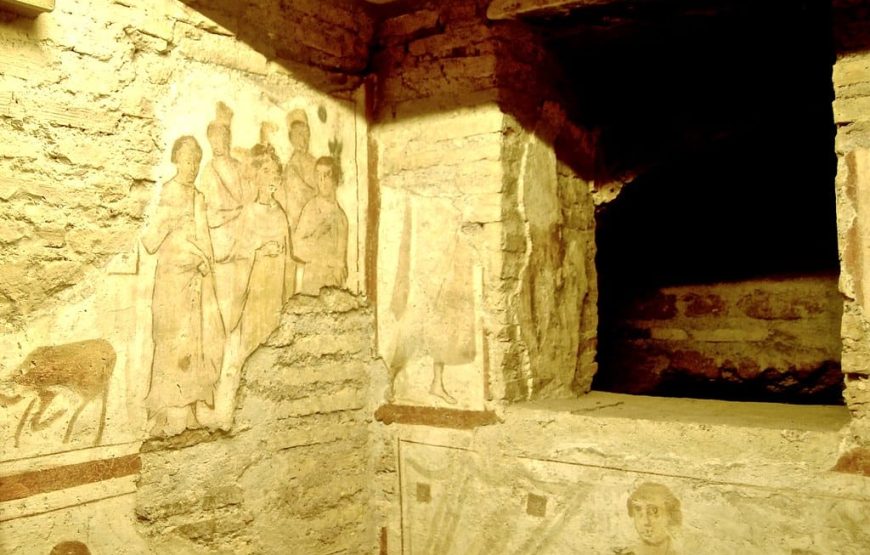
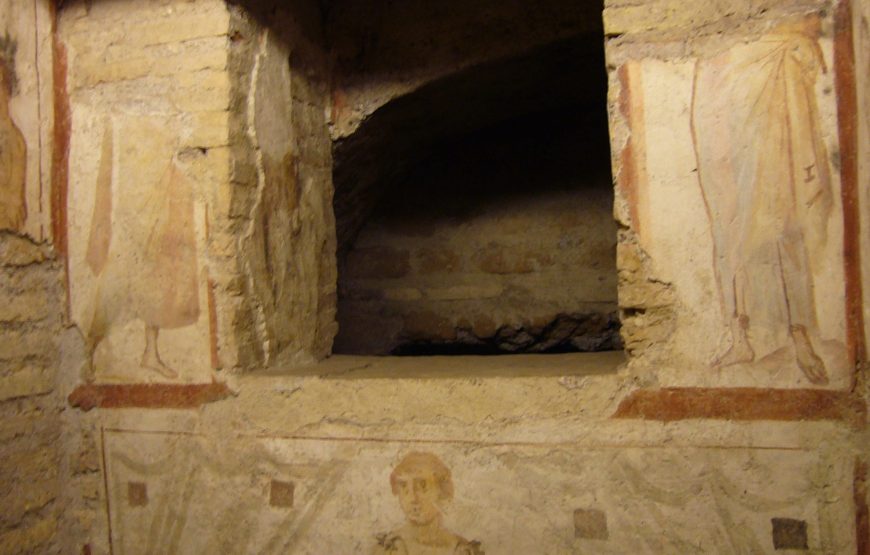
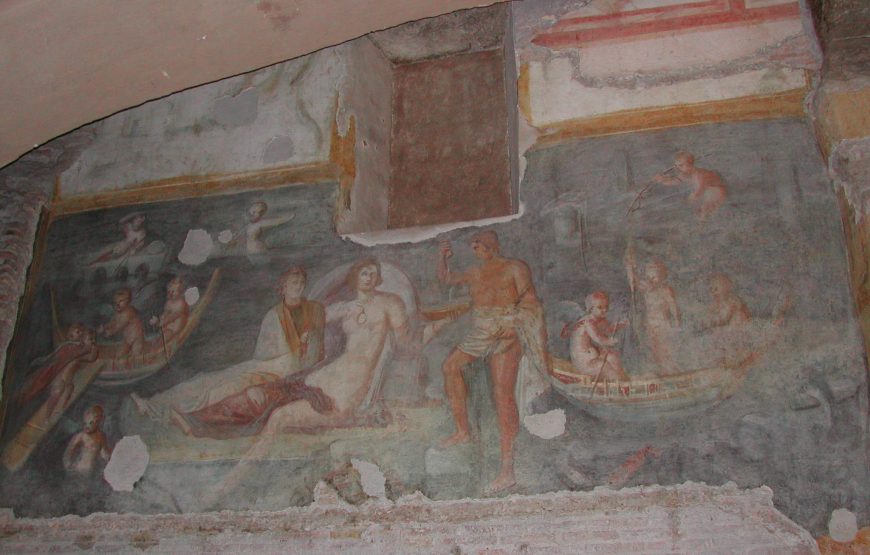

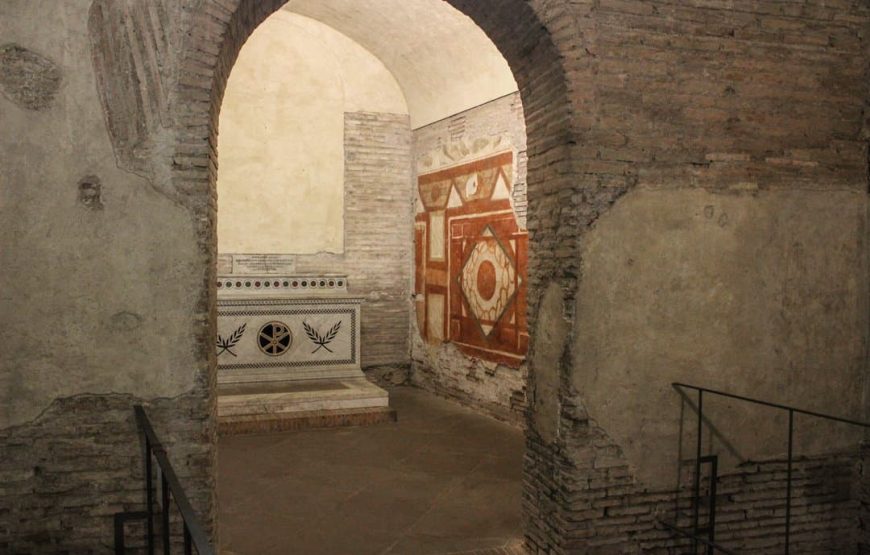

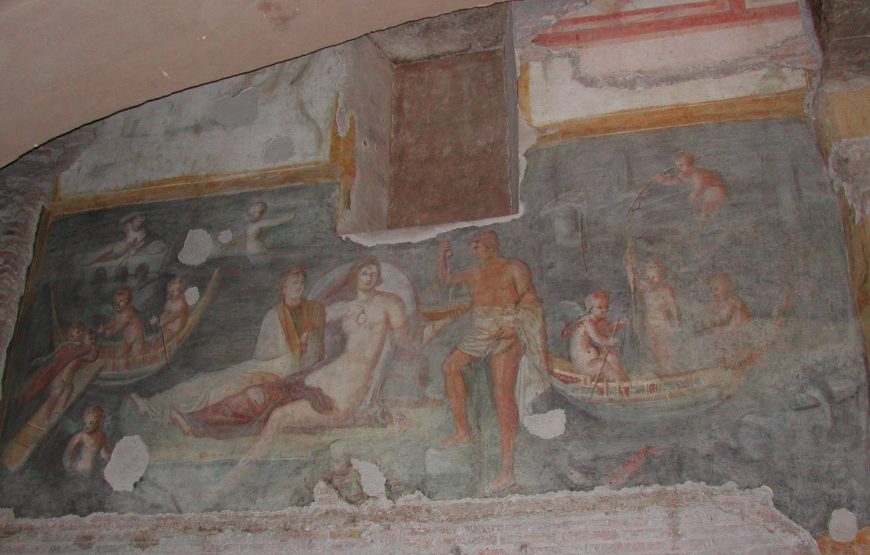
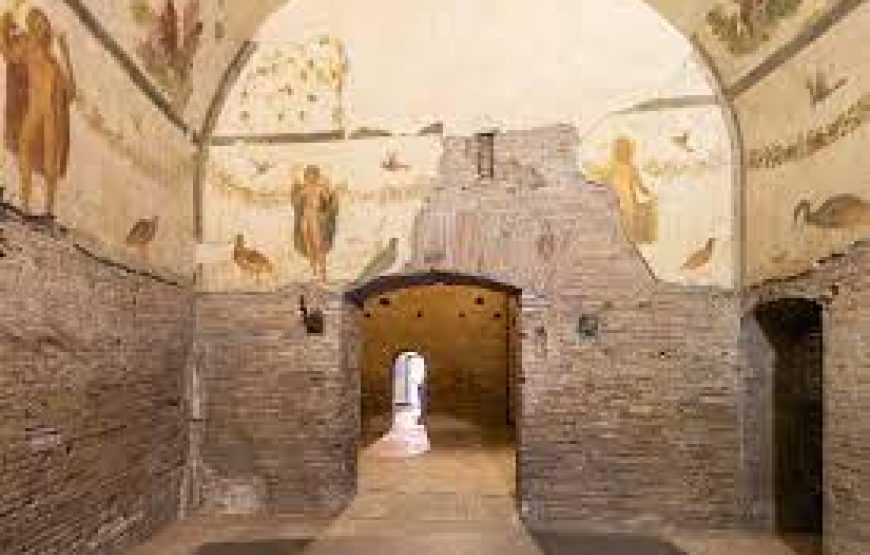
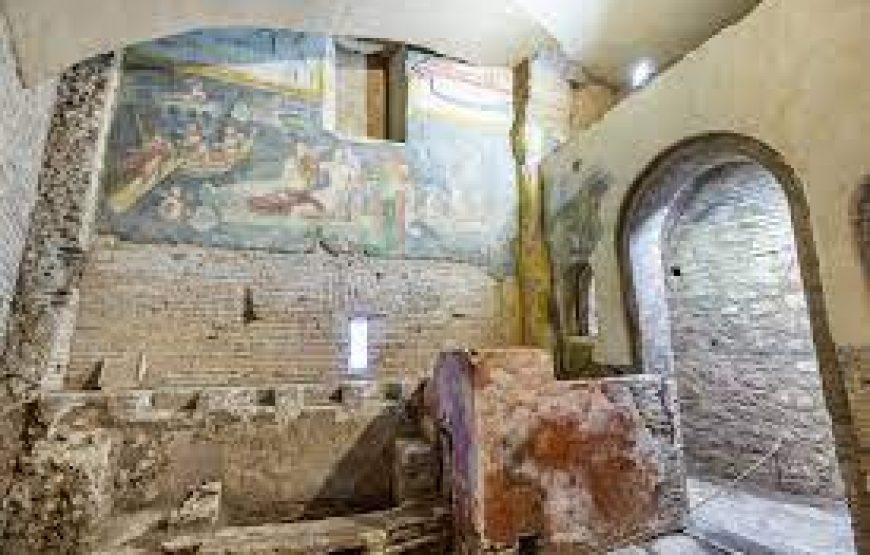
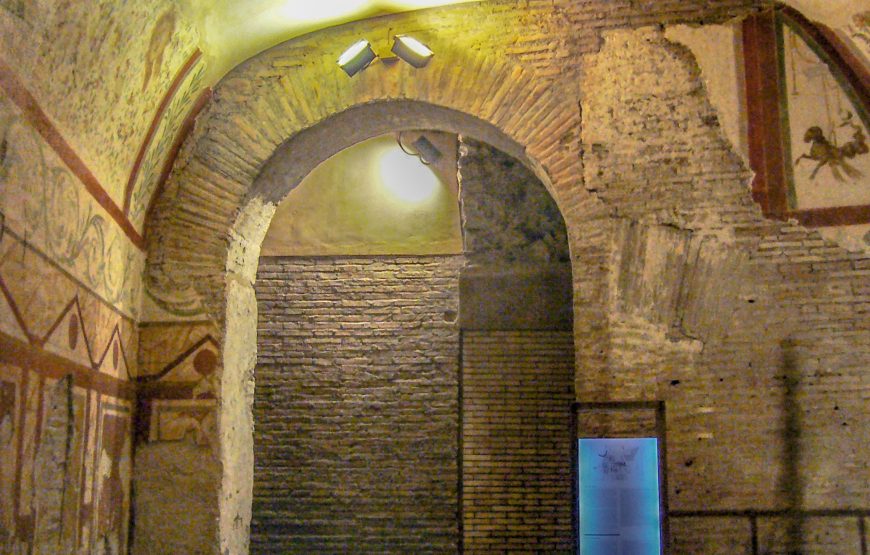
Nestled in the heart of ancient Rome lies a truly fascinating site with deep historical roots, Roman houses, dating all the way back to the early fifth century BC. This incredible complex was originally founded by Palmachniks, a Roman senator whose legacy lives on through the intricate and layered architecture that remains to this day. What makes this site particularly unique is its evolution over time — from humble beginnings to a richly decorated Roman residence, it beautifully showcases how Roman life and architecture changed through the centuries.
At first glance, the site reveals a maze-like arrangement of buildings that were constructed during different periods. Among them are several Roman houses, each representing a different era and style. These aren’t just ruins — they’re windows into the everyday lives of people who lived, worked, and worshipped in ancient Rome. The layout includes everything from simple, functional spaces to elaborately adorned rooms filled with artistic and architectural detail. Walking through the complex, one can almost hear the echoes of Roman voices and feel the pulse of a once-thriving community.
One of the earliest components of the complex was an insula, or apartment-style building. These types of structures were typically inhabited by craftsmen and artisans, giving us a glimpse into the working-class life of ancient Rome. The insula’s design was practical and modest, intended to house multiple families or individuals in a compact space. It’s a striking contrast to the more luxurious elements that would be added later.
As the area developed and changed hands over time, new structures were added. One of the most impressive transformations occurred when part of the property was converted into a domus, a large and opulent Roman house that would have belonged to a wealthy citizen. These houses were often built around central courtyards, with beautifully frescoed walls, detailed mosaics, and elegant architectural elements. What’s truly captivating is how this particular domus was later repurposed and converted into an early Christian church — a testament to the religious and cultural shifts that took place during the later years of the Roman Empire.
By the third century A.D., these once separate buildings and properties were unified under the ownership of a single, presumably affluent individual. This allowed for a complete transformation of the space into one cohesive and elegant residence. This newly formed home retained elements of its pagan origins, including richly decorated rooms filled with classical motifs. The blend of earlier functional buildings with the later luxurious additions creates a unique tapestry of Roman architectural evolution.
Today, visitors to the site can witness firsthand how Roman daily life was influenced by changing times, tastes, and beliefs. The preserved sequence of rooms, structural layers, and artistic details offer a rich narrative about the lives of both ordinary citizens and the elite. Whether you’re a history enthusiast or just curious about ancient civilizations, this remarkable complex offers a vivid and immersive experience of life in ancient Rome.


Leave a review